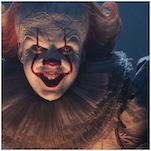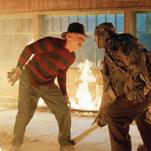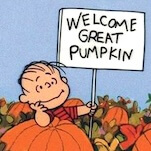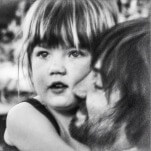How Mike Flanagan Expertly Crafts Terror from Our Deepest Emotional Fears
Photo Courtesy of Netflix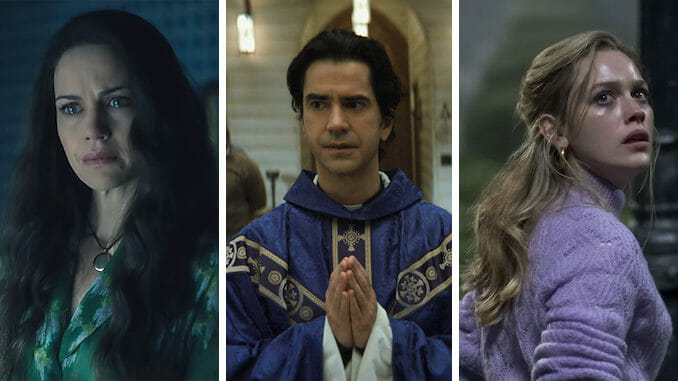
Note: This article contains light spoilers for The Haunting of Hill House, The Haunting of Bly Manor, and Midnight Mass.
Horror is a vast genre that incorporates slashers, psychological horrors, the paranormal, and more among its ranks. Some productions are focused on gore while others center on fear, with the best ones crafting and exploring emotional dynamics between characters. Many of those stories become generation-spanning franchises; Wes Craven, John Carpenter, and David Cronenberg are just a few legendary horror directors whose work remains iconic. However, when it comes to modern-day horror, one particular director is elevating the genre to new emotional heights: Mike Flanagan.
Flanagan already has a long list of successful films and television shows under his belt. Many of his works, such as Doctor Sleep, The Haunting of Hill House, and Midnight Mass, linger in the mind long after the final credits have rolled. Flanagan’s undeniable talent is itself a work of art; he has an incredibly gifted eye for capturing human emotions, and the way he creates a sense of terror in his films and series is narratively insightful and complex. When viewing and analyzing his work, it’s easy to see how Flanagan is one of the most remarkable and inventive horror directors of our time, especially as he bases the tension and fear in his characters on real-life horrors rather than the number of jump scares or gore.
It’s one of the reasons the first of his Netflix series, The Haunting of Hill House (based on the story by Shirley Jackson), became an immediate success. In it, Flanagan tells the story of the Crain family: Olivia (Carla Gugino), her husband Henry (Henry Thomas), and their five children. Strange things begin to happen as soon as they move into the infamous and mysterious abode, and while Henry is busy repairing the house to resell it, Olivia gradually descends into madness. Simultaneously, the children experience many paranormal encounters, and we follow the story back and forth through time as it explores the impression the house left on them and how it ultimately shaped their lives.
-

-

-

-

-

-

-

-

-

-

-

-

-

-

-

-

-

-

-

-

-

-

-

-

-

-

-

-

-

-

-

-

-

-

-

-

-

-

-

-




